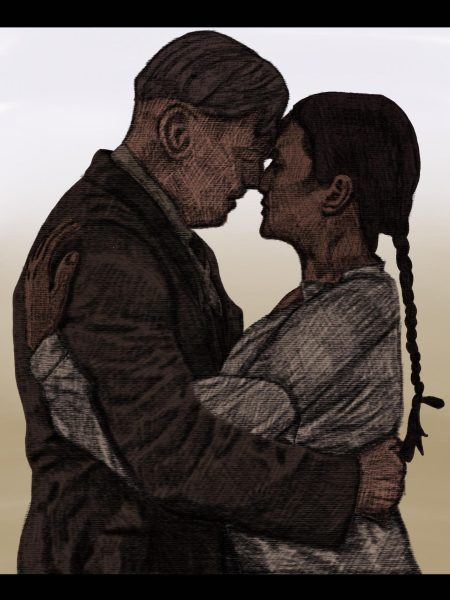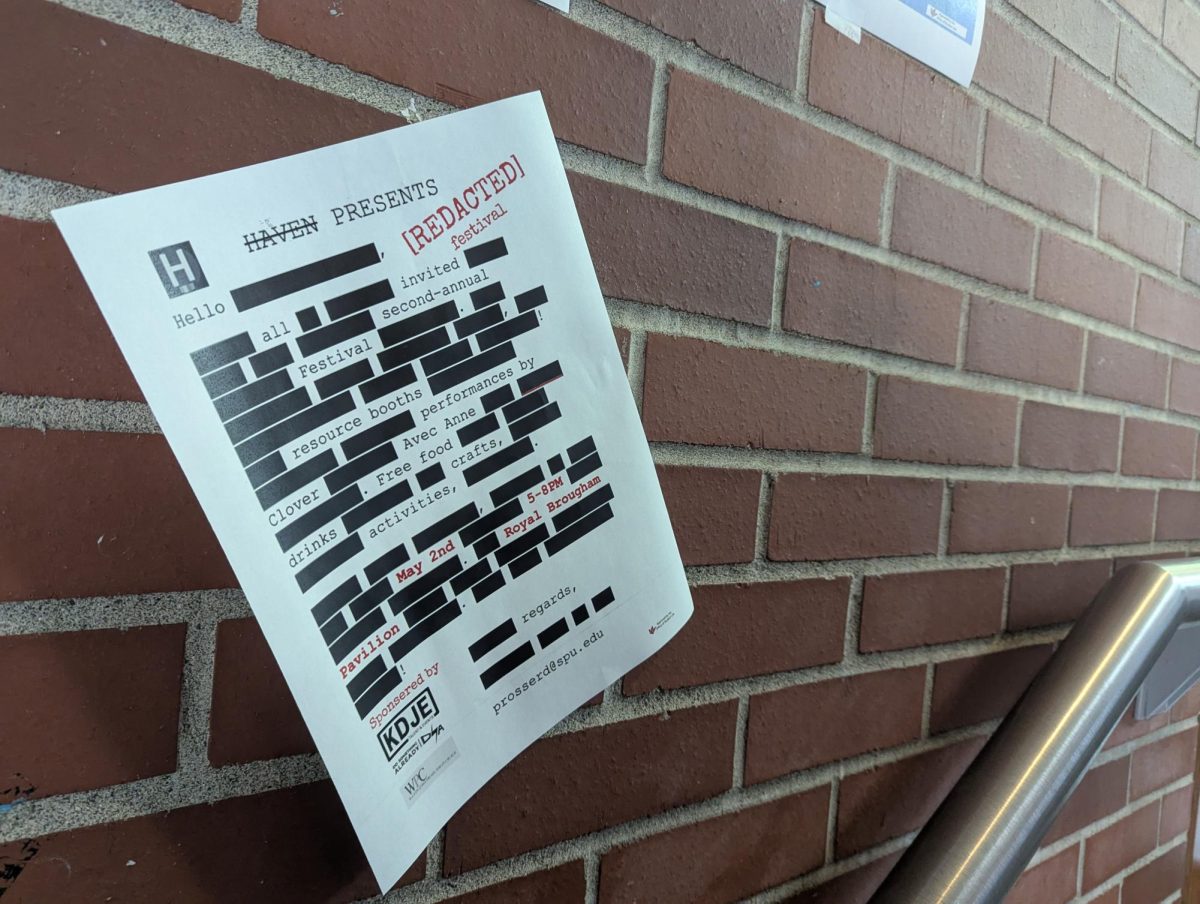
Martin Scorsese has never been afraid of death. In fact, he seems to love facing the reality of mortality both in film and in life. While this quality has made for a decades-long successful career packed with dozens of R-rated thrilling motion pictures, it also serves as a sad reminder that the auteurs of the film-school generation are aging.
As much as one could wish that Scorsese would live and create forever, he consistently reminds the public that death is imminent. He has used the festival and interview circuits for “Killers of the Flower Moon,” to serve as a reminder that the finale of his lengthy career is approaching.
“Killers of the Flower Moon” felt like the greatest “Thank you” to his fans that Scorsese could have ever graced them with. His passion for film and the decades of love he has poured into cinema overflows in this film. Putting everything one could love about a classic Scorsese film into one larger-than-life masterful epic.
The film is an adaptation of David Grann’s 2017 non-fiction novel of the same name. It follows what is referred to by the Osage tribe as the “Reign of Terror,”, a time in the early 1920s that saw over 60 unsolved murders of the Osage people in just a seven-year time span.
Scorsese strayed from the original source material, which he believed focused too much on the white men involved when the real devastating story of betrayal lay in the relationships and Osage people that were affected. “Killers of the Flower Moon” turns its central focus to the tempestuous marriage between Mollie Burkart, an Osage woman from a very wealthy family, and Ernest Burkhart, nephew of scheming crime-lord William Hale.
Two of Scorsese’s longtime muses, Robert De Niro and Leonardo DiCaprio lead the film as the sinister uncle-nephew duo.
De Niro gives one of the most chilling performances of his career, turning his charm up all the way to distract from his ultra-manipulative ulterior motives. Playing a character that is very reminiscent of De Niro’s work as James Conway in Scorsese’s 1990 film “Goodfellas,” the role felt like a full circle moment for his career.
This actor-director pairing continues to be one of Hollywood’s strongest. The film proves that time after time nobody can get a performance out of De Niro as well as Scorsese, and nobody can bring to life a Scorsese film like De Niro can.
William Hale, “The King of the Osage Hills,” became known as a great friend to the Osage tribe. Seemingly an admirer of their culture, Hale is welcomed into the inner workings of the tribe. Over time, Hale begins to make unfair business deals with the Osage people, becoming rich off of their land, his sneaky insurance fraud and the orchestration of a murder spree.
Leonardo DiCaprio enters the film as a naive, child-like Ernest Burkhart who has just returned from World War I to live with his uncle. For the first third of the film, DiCaprio guides the audience through this new world he is becoming acquainted with. The audience’s familiarity with his character becomes increasingly uncomfortable as he becomes caught up in the dirty workings of his uncle.
Lily Gladstone, in her big breakout role as Mollie Burkhart, steals every scene and is quickly garnering buzz for the next awards season, rightfully so. Playing a quieter role compared to her male counterparts, a lot of Mollie Burkhart’s power rests in the facial expressions Gladstone brings forth. Allowing audiences into the mind of Burkhart through the emotional storytelling of her eyes alone.
The film could have used much more of her. For having claimed he wanted to turn the story away from the framing of a white man’s retelling, Scorsese often pushed Gladstone’s characters too far off to the side. Mollie Burkhart’s story is the heart and soul of the film and yet it is often treated as the B-storyline.
With an already controversially long runtime of 3 hours and 26 minutes, there certainly was the space to focus more on the emotional impact the murders had on the families directly impacted.
Understanding that he was tackling a very sensitive story, Scorsese hired many Native American talents and consultants to ensure the accuracy of the Osage culture. This work does not go unnoticed, as the costuming, score, symbolic imagery reflective of the folklore and the several ceremonial scenes really honor the beauty of the Osage community. Weary to overstep in approaching a story that truthfully is not his to tell, the emphasis of the Osage occasionally gets lost in the mix.
The runtime, however, did prove to be necessary. Not a moment of the film felt unworthy of screen time, the complex nature of the story absolutely needed all 206 minutes. The editing done by Scoreses’s longtime collaborator Thelma Schoonmaker, deserves to be greatly admired. The pacing felt so natural and well-rounded one could easily forget how long they had been sitting in a theater chair.
Aside from the fact that the film was clearly a white man’s take on a native story, the only other aspect of the film that really fell flat was disappointingly in the hands of last awards season’s promising comeback story, Brendan Fraser in his portrayal of W.S Hamilton, William Hale’s attorney. Having only a brief few moments on screen, it felt as if Fraser was actively trying too hard to make his performance stand out, and that he did, but not in the intended manner.
Fraser’s acting appeared more loud than intentional; pulling audiences out of the climactic courtroom scene with his over-the-top performance that felt piercingly modern for a period piece. Though his monologues were deserving of an extreme performance they were also deserving of a more realistic one, that felt more lived than they did line-read.
Jesse Plemmons, on the other hand, to no surprise, gave a standout performance; made all the more impressive by his very limited screen time. His work does nothing but assure audiences that Hollywood’s film industry is being passed down to a new generation of greats.
Scoreses’s ability to immerse his audiences into the floods of emotions his characters endure is unmatched. Leaving the theater with so much to reflect on in terms of both the chilling compassion audiences are left with the newfound knowledge of history that many had tried to erase.
Martin Scorsese could very well be on the path to his second, long-overdue, Oscar. If not just for the quality of this incredible film, but as a way to honor his long dedication to bettering the film industry.


















































































